If you are planning to buy or build your next home, it is important to keep the bedroom dimensions in mind. After all, you are going to be spending a lot of time in this space, from preparing for the day to relaxing in the evening. Therefore, not only do you want to ensure it is a comfortable space to retreat and rest, but you also want to ensure the bedroom furniture arrangement is right and your furniture, decor and accessories are going to fit inside this space.
A Guide To Learning The Average Bedroom Size and Dimensions
Luckily, the following guide can help you get an idea of the average bedroom size, so you can ensure you are buying or building a home with a bedroom that works for you.
How Many Square Feet Is An Average Bedroom?
When determining the size of a bedroom, it is important to consider the various types of bedrooms. The size of a child’s bedroom or guest bedroom may be different from the size of a master bedroom. You can use this guide to get an idea of a specific bedroom size in feet.
Standard Bedroom Size
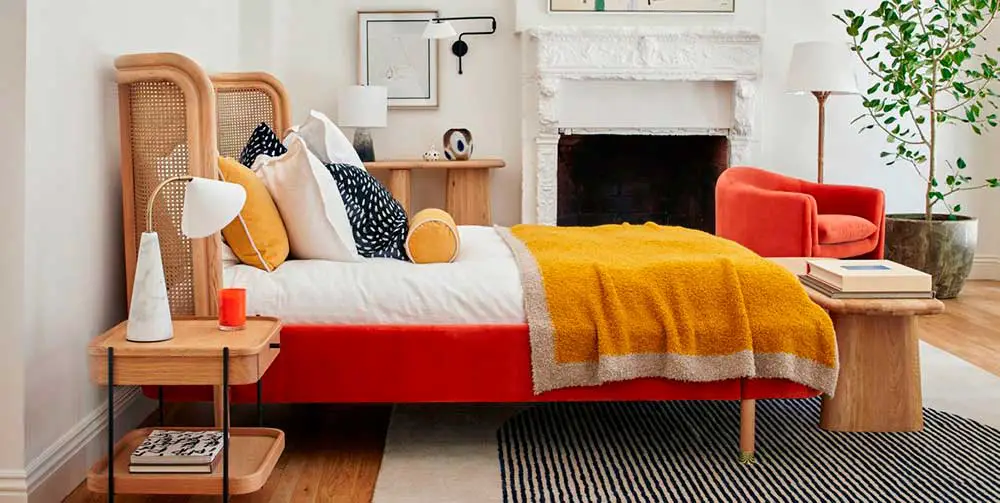
The standard bedroom size is going to vary per apartment or house, as both spaces accommodate rooms of various sizes. The average bedroom size may range from 109 square feet to 299 square feet, depending on the apartment or house itself. In many cases, a standard bedroom may measure around 202 square feet. On average, apartment bedrooms measure at 11′ x 11′.
Standard Master Bedroom Size
When choosing a master bedroom layout, you should always consider the size of your space. A spacious master bedroom can become cluttered if you overdo the furniture, so it helps to work around the standard master bedroom size.
A master bedroom is usually found in homes that are over 3,500 square feet, with an average home measuring around 2,000 square feet, so this is known as a luxury size in most homes. A master bedroom may be as big as 370 square feet, depending on the size of the home.
Related; Aesthetic Bedroom Ideas
Child’s Bedroom Size
A child’s bedroom is not as big as an adult’s bedroom, especially if you have a separate playroom or clever storage for their toys. While most children’s bedrooms include a small closet and one window, you want to base the measurements around their bed and other furniture. This way, you can ensure there is enough space for your child to walk around their room.
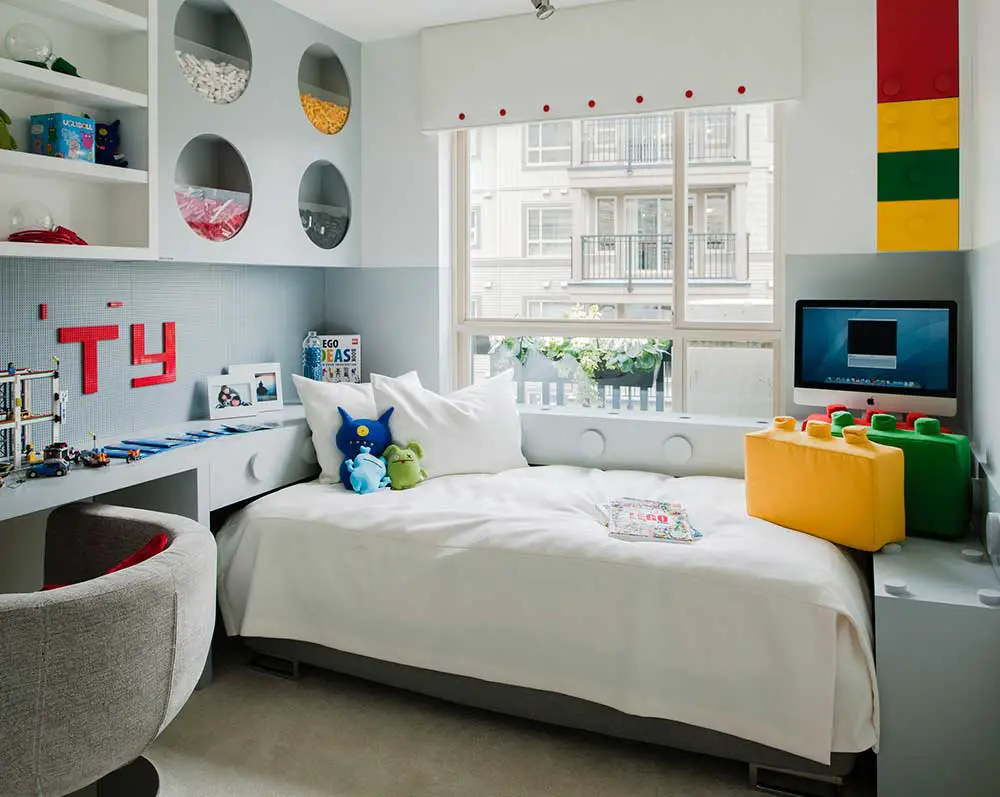
A toddler’s bedroom may measure at 10′ x 10′, while an older child’s bedroom may measure at 11′ x 12′. Depending on the size of their bed and other furniture, you may need a 12′ x 12′ bedroom for your child.
Guest Bedroom Size
If you are someone who entertains overnight guests often, a guest bedroom is something to keep in mind when buying or building a home. The average bedroom size for a guest room is usually around 450 square feet. In a smaller home, the guest bedroom might be 250 square feet, while larger homes accommodate guest bedrooms as big as 700 square feet.
Minimum Bedroom Size
Even in a smaller home or an apartment, you do not want a bedroom that is too small. There comes a point when this becomes an uncomfortable space. Your state may also have rules and regulations regarding the standard bedroom size.
According to the International Residential Building Code, the minimum bedroom size for one occupant must be at least 70 feet, and no one dimension should be less than 7 feet. For two occupants, the minimum bedroom size must be at least 120 square feet. This way, you can ensure the bedroom is a comfortable, liveable space for all occupants.
Standard Bedroom Dimensions by Bed Type
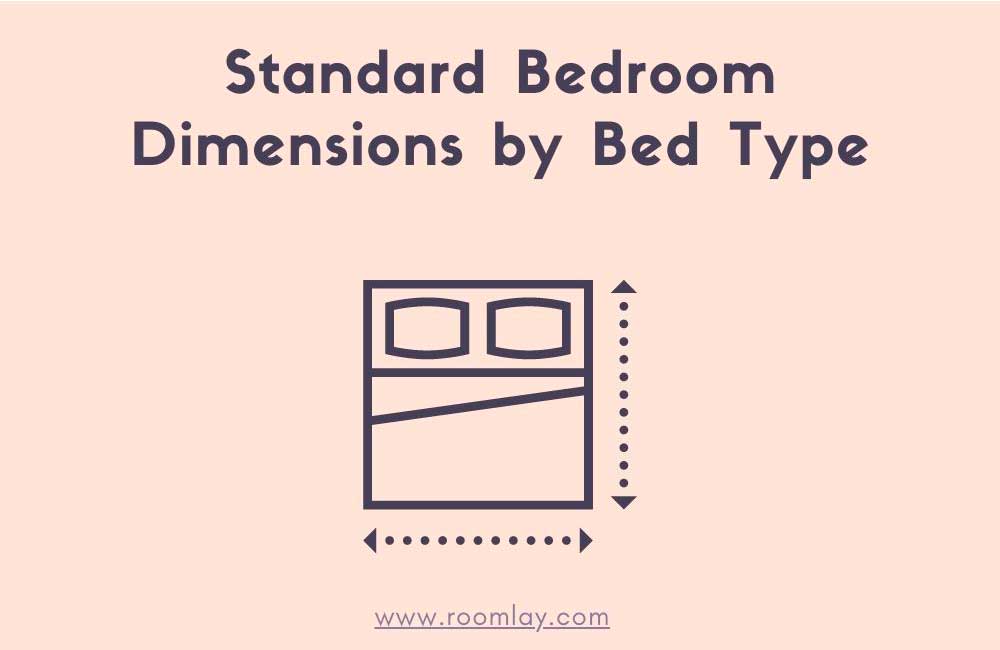
Now that you have learned the standard bedroom size by type of space, it is time to learn the standard bedroom dimensions based on the type of bed. The last thing you want to do is buy or build a home with a bedroom that is not big enough for your bed, and you certainly do not want to make it difficult to move around the room. Use the following section of this guide to determine the typical bedroom size based on the bed itself.
One Twin Bed
A standard twin bed measures at 38” x 75″, so you are going to need a bedroom that is at least 8′ x 10′ for a single twin bed. Of course, you also need to consider pieces such as your dresser, as well as adequate walking space. This means your bedroom needs to be at least 70 square feet, but this works for the International Residential Building Code.
Two Twin Beds
To accommodate two twin beds, you are going to need an average bedroom size of at least 96 square feet. Remember, you need to ensure there is enough space for at least one dresser, with the possibility of two dressers, as well as adequate walking space. This way, the bedroom is comfortable and spacious enough for both occupants.
Queen Bed
A queen bed is usually measured at 60″ x 80″, and it is perfect for two adults or one adult who prefers more sleep space. When you add in the 30 inches of clearance on both sides, a queen bed can work in a 10′ x 10′ bedroom layout. If you can buy or build a home with a 10′ x 11′ or 10′ x 12′ bedroom, then even better. This way, you know you are creating a comfortable, functional space.
King Bed
You can find a king-size bed in two sizes, which is the standard size and the California king. A standard king-size bed usually measures at 80″ x 80″, while a California king-size bed usually measures at 72″ x 84″. The average square footage of a bedroom with a king-size bed should be at least 145 square feet. For a bedroom with a California king bed, you may want to increase the size to at least 147 square feet.
Crib
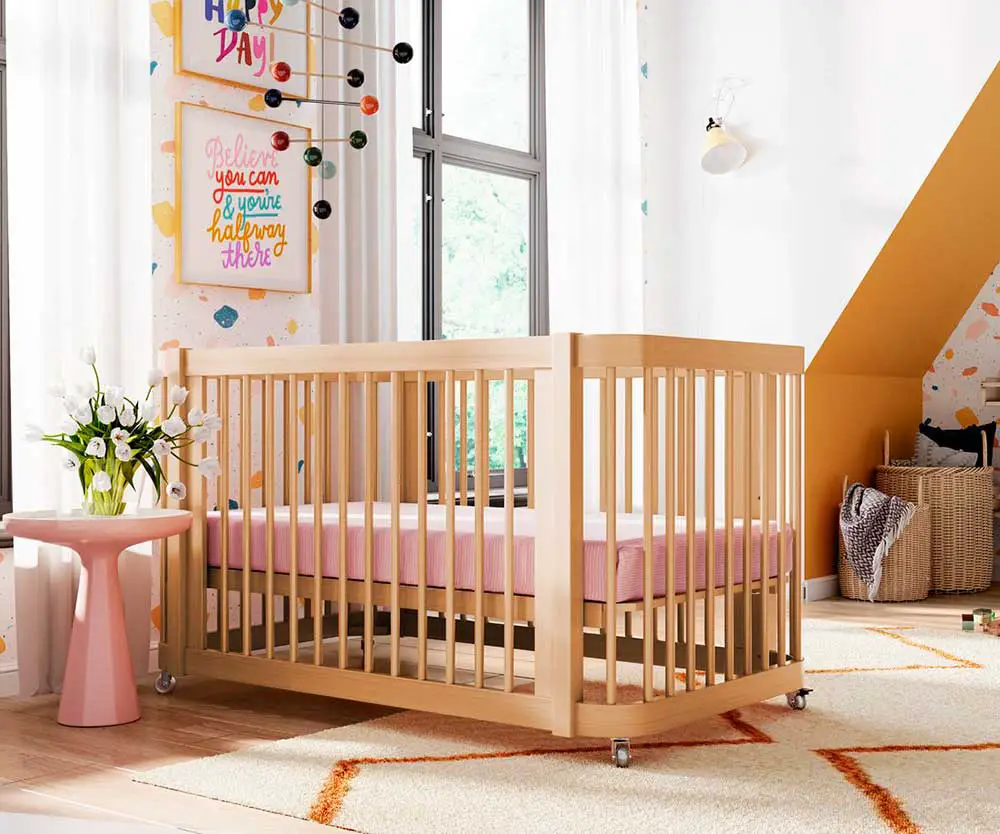
If you have a baby, you want to ensure you are choosing a bed that works for the nursery layout in your home. Luckily, a crib with mattress dimensions of 2.5′ x 4.5′ and a slightly bigger frame can fit inside most standard and master bedrooms, depending on where you want your baby to sleep. A child’s bedroom can range from 10′ by 10′ to 11′ x 12′, and you may decide to convert the nursery into a standard bedroom as your child grows older.
Bunk Bed
A bunk bed is a great way to create more floor space in a bedroom, and most children love sleeping in bunk beds. The standard size of a bunk bed is 2.5′ x 6′, and the standard bedroom size for this piece is 8′ x 10′, with an overall minimum bedroom size of 70 square feet. Of course, you need to keep the ceiling height in mind when choosing a bunk bed. From the top bunk to the ceiling, you need at least 3 feet of clearance for a child’s bunk bed and 3’6″ of clearance for an adult bunk bed.
Additional Requirements
There are additional requirements to keep in mind when determining your bedroom dimensions. The key is to create a space that is both comfortable and functional, with a cozy sleep space and plenty of room to spare for furniture and movement. With this section of our standard bedroom size guide, you can learn what requirements to keep in mind for your bedroom.
Ceiling
You need to keep the ceiling in mind for more than just a bunk bed. For example, you need to keep taller occupants and other pieces of furniture in mind. According to the International Residential Building Code, the height of a standard bedroom ceiling should be at least 7 feet. Of course, it is okay to have a ceiling that is higher than the standard size, such as a 9-foot ceiling.
Access
When choosing a bedroom, it should be a space that is easily accessed from a hallway or another common area. You should not have to pass through another bedroom to access your own bedroom, especially when you consider your convenience and others’ privacy. A room that must be accessed from another room is not an ideal space for a bedroom.
Windows
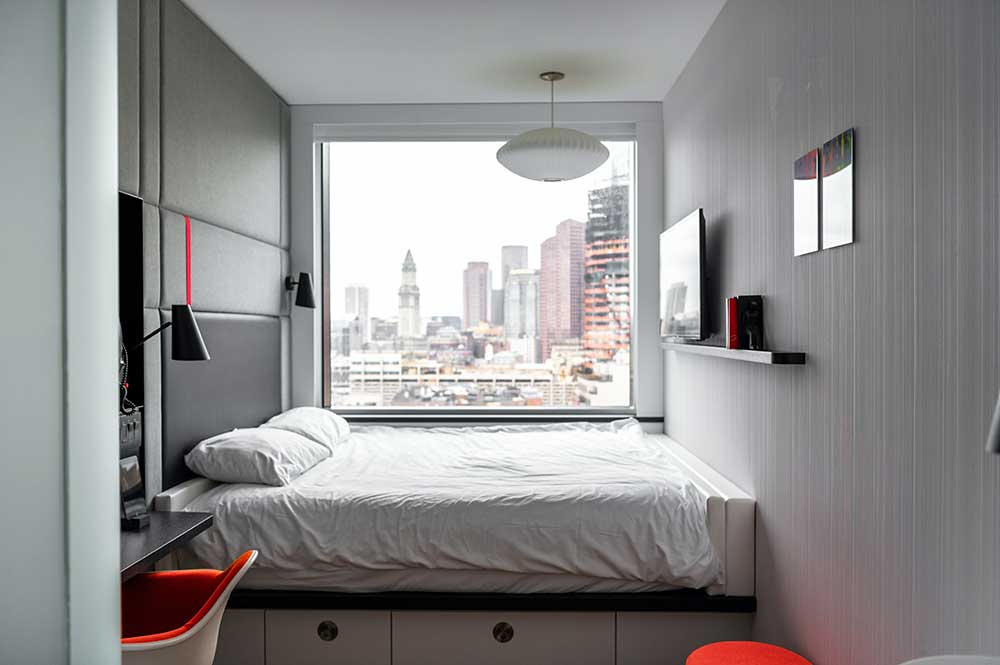
A standard bedroom has at least one window for fresh air and natural light. The glass of each bedroom window must equal at least 8 percent of the floor area. In addition, you must be able to open at least half of each window, especially when you keep safety precautions in mind.
Doors
When you think of an average bedroom size, you should always keep the passage door in mind. A bedroom door must be at least 80 inches tall, while the width of the door may range from 24 inches to 36 inches. If you are designing a bedroom for an occupant with disabilities, the width should be at least 36 inches to safely accommodate items such as walkers and wheelchairs.
Furniture
Aside from your bed, there are other pieces of furniture to consider when determining the average square footage of a bedroom.
Nightstands
It is not uncommon to place a nightstand on one or both sides of the bed, and the average size of a nightstand should be about 2 feet in height and depth to ensure it is the same height as your bed.
Clothing Storage
Chests, dressers and wardrobes are available in various sizes to fit different bedroom dimensions. A chest is a better option for a smaller bedroom because of its compact design, while a dresser or wardrobe is ideal for larger bedrooms.
Sitting Area
You may decide to create a sitting area in your master bedroom, complete with a few chairs or couches. The standard size of a sitting area ranges from 64 square feet to 100 square feet, depending on the size of the bedroom.
As you can see, there is a lot to consider when determining the standard bedroom size in your home. If you keep the above tips and our room layout guide in mind, creating your dream bedroom is sure to be a breeze.
